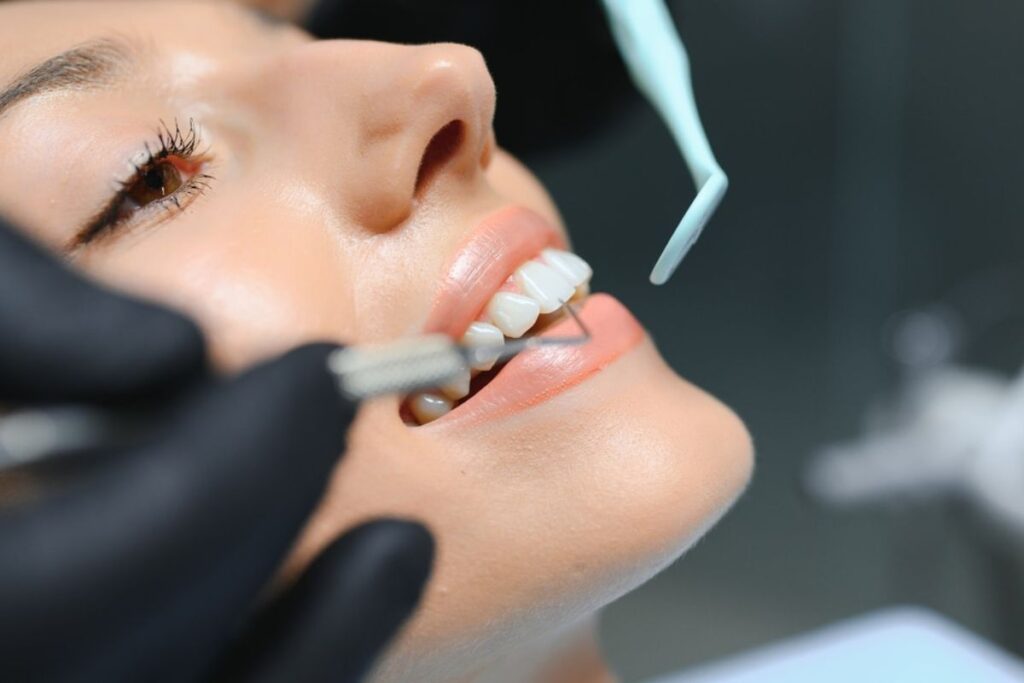In the world of cosmetic dentistry, the phrase “smile makeover” has taken on new meaning in recent years. Once limited to basic whitening or veneers, modern smile transformations are now deeply intertwined with cutting-edge digital technology. From virtual simulations to 3D-printed restorations, these advances allow dental professionals to deliver highly precise, personalized results, reshaping not just teeth but the confidence of their patients. Leading the charge in this evolution is Florida Smile Design, a practice leveraging digital innovations to redefine patient care and outcomes.
The Rise of Digital Smile Design
Digital Smile Design (DSD) has become a cornerstone of modern cosmetic dentistry. Traditionally, dentists relied on manual impressions, photographs, and subjective assessments to plan smile makeovers. Today, DSD combines high-resolution digital imaging, 3D modeling, and advanced software to create detailed visualizations of potential results before any treatment begins.
With DSD, patients can see a simulated version of their post-treatment smile. This not only sets realistic expectations but also fosters collaborative decision-making between the dentist and patient. Clinicians can analyze facial symmetry, tooth proportions, and gum contours in ways that were previously impossible, ensuring that each smile makeover is harmoniously aligned with the patient’s facial features.
3D Printing and Custom Restorations
Another transformative aspect of technology in cosmetic dentistry is the integration of 3D printing. Digital impressions captured via intraoral scanners are translated into precise 3D models, which can then be used to fabricate crowns, bridges, veneers, and even orthodontic aligners with unmatched accuracy.
The precision of 3D printing reduces the need for repeated adjustments, accelerates treatment timelines, and enhances the overall patient experience. It also allows for the creation of highly customized restorations that fit perfectly, blending seamlessly with natural teeth. This level of customization contributes to the longevity and aesthetics of dental work, making smile makeovers more predictable and satisfying.
AI and Predictive Planning
Artificial intelligence (AI) is making its mark in the realm of cosmetic dentistry by streamlining diagnostic and treatment planning processes. AI algorithms can analyze patient data—including X-rays, photographs, and bite measurements—to identify potential complications and suggest optimal treatment pathways.
For smile makeovers, AI can predict how teeth will shift over time, simulate long-term results, and even recommend adjustments to enhance durability and visual appeal. This predictive capability is particularly valuable in complex cases involving multiple procedures, ensuring that each intervention complements the overall treatment plan rather than creating unforeseen challenges down the line.
Minimally Invasive Techniques Enabled by Technology
Advances in digital dentistry have also encouraged a shift toward minimally invasive procedures. High-precision imaging and computer-aided design allow dentists to remove only the necessary amount of tooth structure, preserving natural enamel and reducing recovery time.
Laser dentistry, digital milling, and guided implant placement are now commonly integrated into smile makeovers, making treatments more comfortable, efficient, and less intimidating for patients. These innovations reduce post-procedure discomfort and accelerate healing, contributing to a more positive experience and higher patient satisfaction.
Enhancing Patient Engagement and Education
Technology is not only transforming clinical procedures but also how patients engage with their dental care. Virtual consultations, interactive treatment simulations, and mobile apps allow patients to explore options from the comfort of their homes. They can visualize different cosmetic treatments, compare outcomes, and make informed choices without feeling rushed during in-office visits.
This increased transparency fosters trust between patients and dental professionals, which is essential for elective treatments like smile makeovers. When patients understand what to expect, they are more likely to feel confident and committed to their care plan, which ultimately leads to better long-term outcomes.
Conclusion
The integration of technology in cosmetic dentistry is redefining what a smile makeover can achieve. From digital imaging and 3D printing to AI-driven planning and minimally invasive techniques, modern dentistry provides highly personalized, precise, and patient-centered care. Practices like Florida Smile Design exemplify this transformation, demonstrating how digital tools can enhance both the aesthetic results and the overall patient experience.



